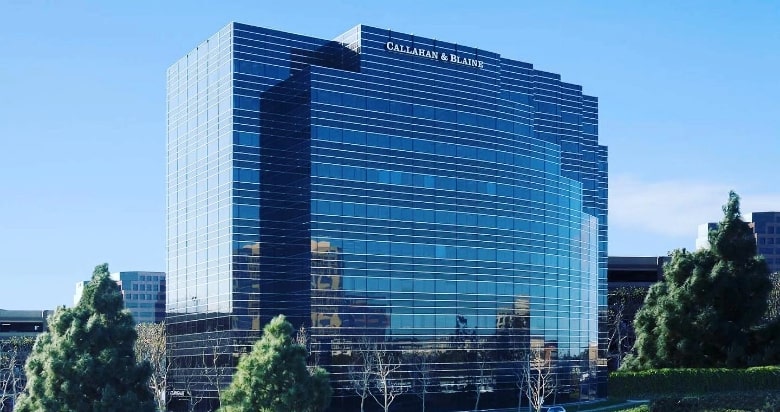If you or somebody you care about has been injured due to the careless or negligent actions of another person, it may be necessary to file a personal injury lawsuit to recover the compensation you need. While the vast majority of personal injury cases are resolved through insurance carrier settlements, some of these cases may need to go to trial in order to reach a successful resolution. If it looks like your case is going to go all the way to trial, you need to know what to expect. Here, we want to give a basic overview of the personal injury trial process. If you have any questions about personal injury trial procedure, speak with a knowledgeable Newport Beach personal injury lawyer.
When a Case Makes It to Trial
If a personal injury case has made it to the trial, that means that the parties involved have been unable to reach an agreement over how much compensation should be awarded or whether there is even a valid claim in the first place. A trial will not be scheduled until after a lengthy “discovery phase” in which both parties have the opportunity to investigate the case, exchange evidence with the other side, depose witnesses, and negotiate with one another.
A complete personal injury trial typically involves six main phases, which we will briefly describe here.
Choosing a Jury
The first step will be the selection of a jury. During this process, the judge and the respective attorneys for the case question a pool of potential jurors. They will ask them about matters pertaining to the particular case, such as their life experiences and any ideological predispositions they have regarding the matter. The judge can excuse jurors at this stage, and both the plaintiff and the defendant may exclude a certain number of jurors for various reasons. The jury selection is an incredibly important process, as these are the people that will be making the ultimate decision on the merits of the case.
Opening Statements
Both parties involved will have a chance to present their opening statement to the jury. No witnesses will testify at this stage in no physical evidence is utilized. This is the initial introduction of the merits of the case by both parties to the jury.
Witness Testimony and Cross-Examination
The heart of a personal injury case will be the presentation of witnesses and key evidence that is pertinent to the arguments of both sides. The plaintiff and their attorney will set forth the evidence that they have gathered in an attempt to convince the jury that the defendant is responsible for their injuries and should pay damages. The plaintiff may call witnesses and experts to testify on their behalf. However, the defendant is also allowed to present their own evidence and witnesses in the same manner while seeking to show that their client is not liable.
Closing Arguments
After the evidence and witnesses have been presented and questioned, both parties will have a chance to offer closing arguments to sum up their case. This is the final step in the process before the jury is sent to make a determination about the case.
Jury Instruction
The judge will give the jury a set of instructions and legal standards that they will need to use to decide whether the defendant should be held accountable for the plaintiff’s injuries and damages.
Jury Deliberation and Verdict
After receiving instructions from the judge, the jury will go to a separate location as a group and consider the facts of the case through deliberation. This is when they will attempt to agree on whether or not the defendant should be held liable for the injuries the plaintiff incurred, and if so, how much compensation the plaintiff should be awarded. This process can last a few hours, days, or even weeks. Once a jury has reached a decision, the jury foreperson will inform the judge, and the judge will announce the verdict in court.

